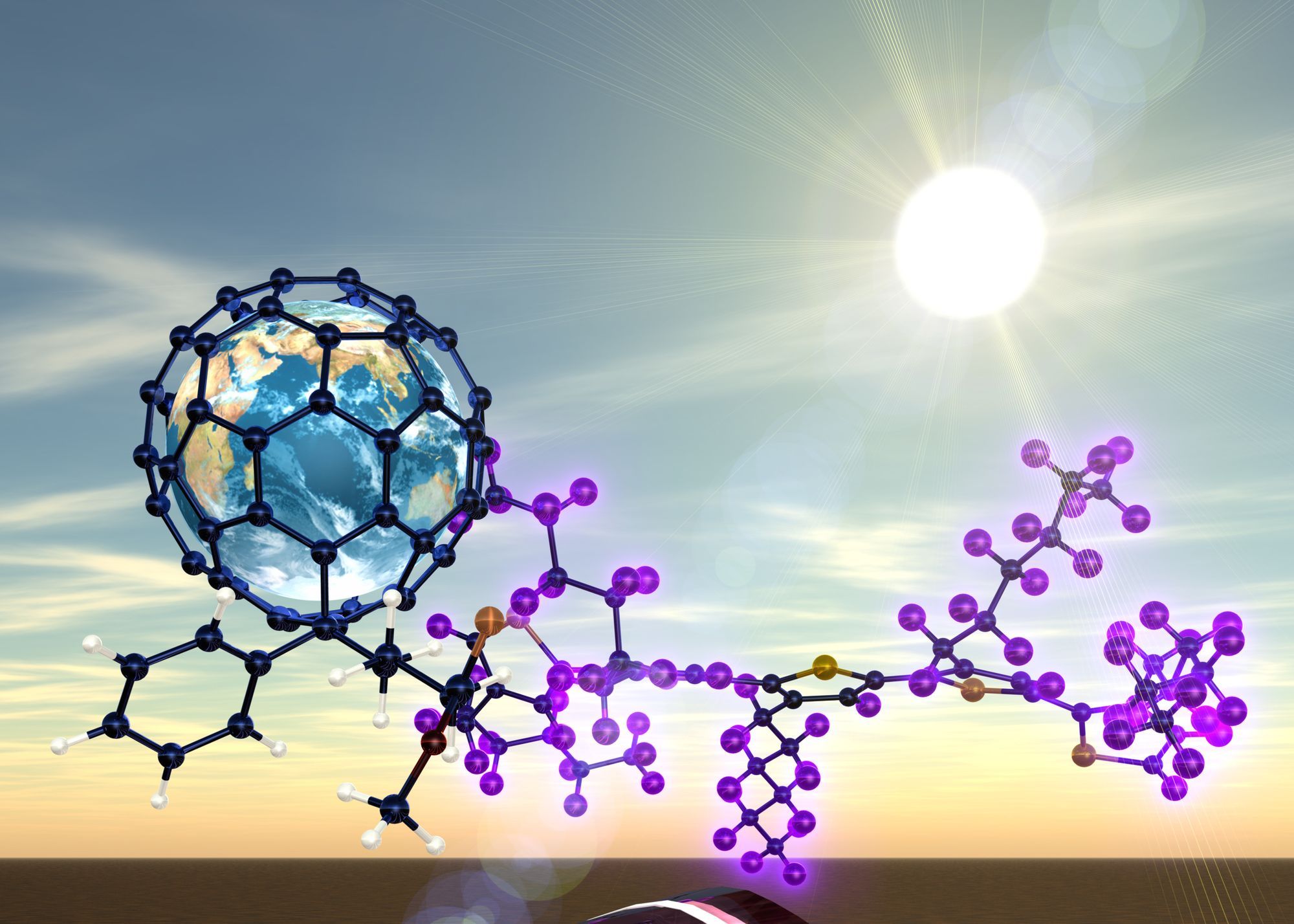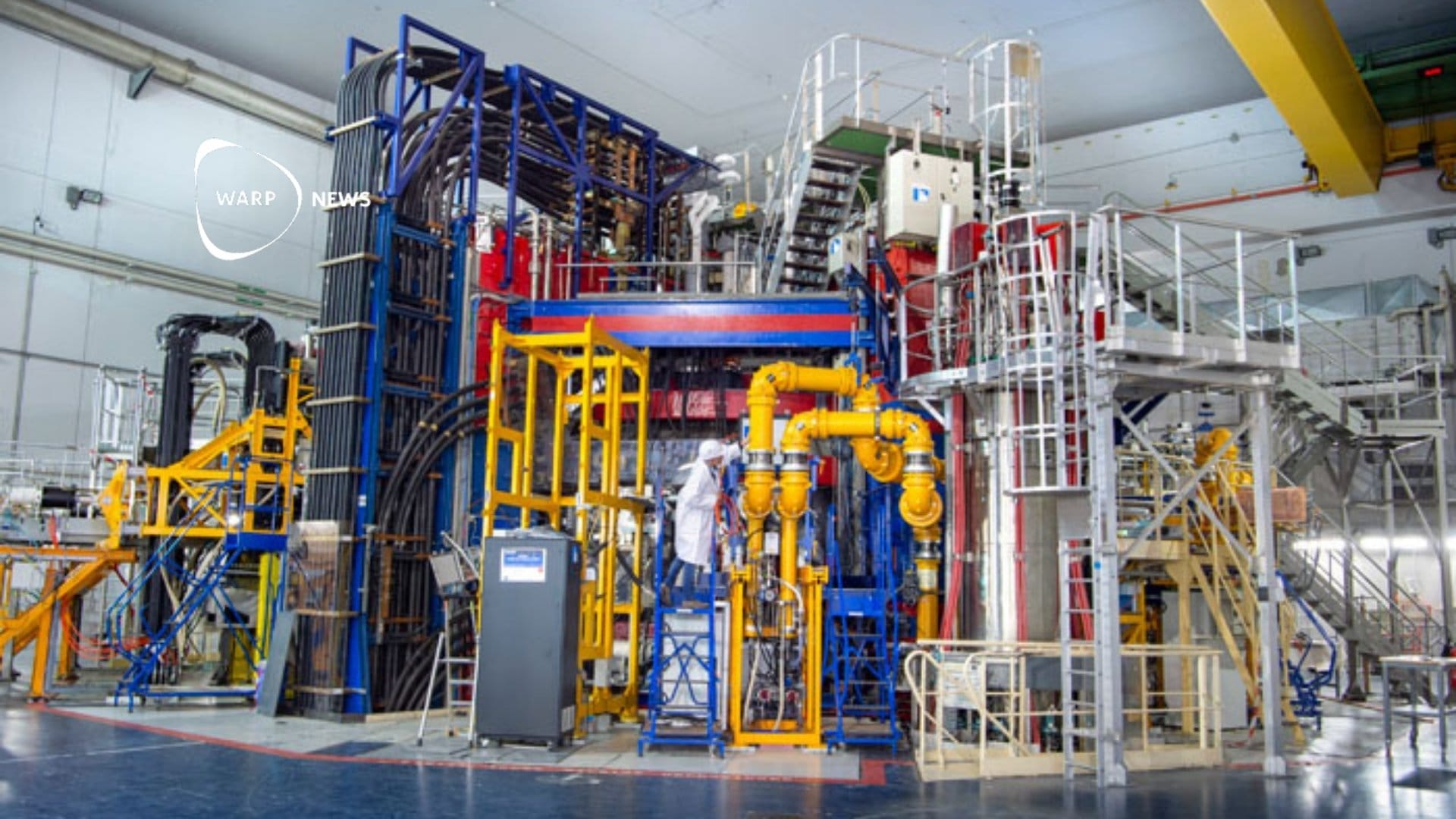
☀️ New insight leads to better organic solar cells
A new method to describe energy loss in organic solar cells provides new insight that paves the way for more efficient devices.
Share this story!
The development of renewable energy continues forward at a furious pace. One of the emerging technologies is organic solar cells, which, unlike traditional [silicon-based] solar cells, are lightweight, flexible and can come in a variety of different colors; properties that make them extra attractive for use on house facades, among other things. Something that has made further development of the method slower is that until now researchers have been busy with understanding the underlying process of how they actually work.
Now, engineers at Princeton University and King Abdullah University of Science and Technology have found a new way to describe energy loss in organic solar cells. Through the new description, they discovered that the previous method used was not completely accurate, and missed parts of the lost energy.
The effect of disorder
Previous ways of describing energy loss did not take into account the presence of disorder in the organic cell. The absence of disorder limited the precision of the calculations made, and has led to some incorrect assumptions being made regarding material composition.
When this was taken into account in the calculations, it was discovered that it played a large role in energy loss – the energy loss due to disorder increases exponentially with the amount of disorder.
New recommendations
As a result of the demonstration of the phenomenon, they have now announced new recommendations when it comes to the construction of organic solar cells. The appeal to those who work on constructing solar cells is to focus on homogeneity in the choice of materials, either one should focus on as much transparent material as possible or on as much amorphous material as possible.
The recommendations go against previous consensus, assuming that some degree of heterogeneity is fruitful in this type of technology. But the higher the mixture of these types of properties (transparency or amorphousness), the amount of disorder increases, and thus the energy loss increases.
The researchers behind the study hope that the new discovery will be helpful in the development of organic solar cells, and suggest – based on current technology – that focus be placed on further development of the amorphous solar cells, as they are more pragmatic than the transparent ones.
Photo: Image has been edited to fit the format.
By becoming a premium supporter, you help in the creation and sharing of fact-based optimistic news all over the world.


